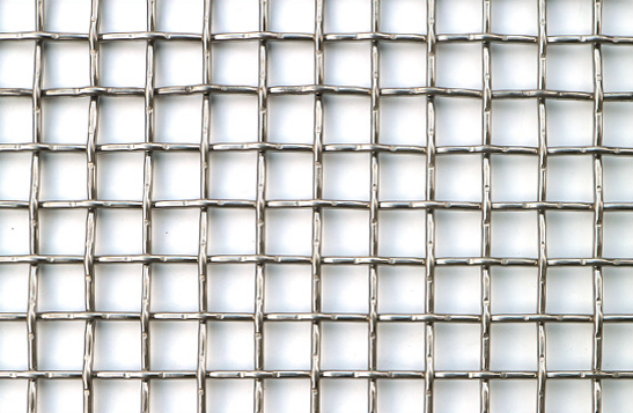Net for Plants to Climb Enhancing Growth and Aesthetics
As gardening trends evolve, many horticulturists and gardening enthusiasts are exploring innovative methods to optimize plant growth and aesthetics. One such method gaining popularity is the use of climbing nets or trellis systems. These structures not only support plants as they grow but also enhance the overall beauty of gardens and urban spaces. In this article, we will delve into the benefits of using nets for climbing plants, the types of plants suited for these systems, and tips on how to implement them effectively.
Net for Plants to Climb Enhancing Growth and Aesthetics
One of the most significant advantages of using climbing nets is space optimization. In urban gardening or small backyards, where space is often limited, vertical gardening becomes a practical solution. By encouraging plants to grow upwards, gardeners can maximize the use of vertical space, allowing for a diverse range of plants in a compact area. This is especially beneficial for vegetables and flowering plants, enabling gardeners to produce more in less space.
net for plants to climb

Moreover, climbing nets can transform the aesthetics of a garden. They add structure and visual interest, creating a dynamic landscape that evolves as plants grow. Vines such as clematis, wisteria, and morning glories can create stunning displays when trained over a net or trellis. The colors and textures of climbing plants can enhance the beauty of patios, balconies, and garden walls, making them more inviting and vibrant.
When choosing a net for climbing plants, it is essential to consider the type of netting material that best suits your needs. Natural materials such as jute or sisal are environmentally friendly options, while synthetic materials like nylon or polypropylene are durable and weather-resistant. Additionally, the size and spacing of the net's holes should be appropriate for the type of plants being grown. Smaller holes are suitable for delicate vines, while larger openings can accommodate more robust varieties.
Implementing a climbing net or trellis system requires strategic planning. Gardeners should assess the sunlight, wind exposure, and space available for their plants. It is also crucial to secure the net firmly to prevent it from toppling over as the plants grow. Regular maintenance, including pruning and repositioning plants as necessary, will ensure that they remain healthy and well-supported.
In conclusion, using a net for climbing plants offers numerous benefits, including enhanced growth, improved aesthetics, and space optimization. With a variety of climbing plants to choose from and different netting materials available, gardeners have endless possibilities to explore. Whether cultivating a small porch garden or transforming a larger outdoor space, climbing nets can be a game-changer, transforming any area into a lush, vertical paradise. Embrace the potential of vertical gardening and watch your plants flourish as they climb to new heights.
-
Why Galvanized Trench Cover Steel Grating Resists Corrosion
NewsJul.10,2025
-
The Versatility and Strength of Stainless Expanded Metal Mesh
NewsJul.10,2025
-
Load Calculations in Steel Grating Platforms
NewsJul.10,2025
-
Keeping Pets and Kids Safe with Chicken Wire Deck Railing
NewsJul.10,2025
-
Hole Diameter and Pitch for Round Perforated Metal Sheets
NewsJul.10,2025
-
Aluminium Diamond Mesh in Modern Architecture
NewsJul.10,2025
Subscribe now!
Stay up to date with the latest on Fry Steeland industry news.

